
毕业论文智能化纸张拉力试验机控制系统设计英文文献,Abstract
时间:2024-09-30 来源:网络 人气:
Abstract
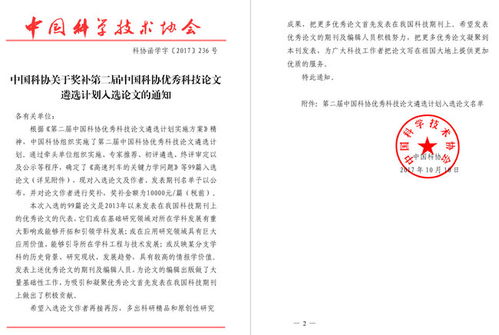
The paper presents the design of an intelligent control system for a paper tensile testing machine. This system aims to enhance the accuracy and efficiency of paper testing processes by integrating advanced control algorithms and sensors. The design focuses on the development of a user-friendly interface, real-time data acquisition, and automated testing capabilities. The system is expected to contribute to the improvement of paper quality control and research in the field of paper engineering.
Introduction
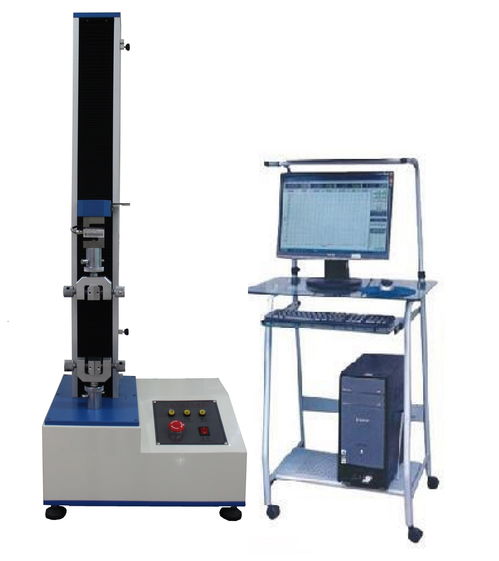
The paper industry is a vital sector in the global economy, with paper products being widely used in various applications. Ensuring the quality of paper products is crucial for both manufacturers and consumers. One of the key parameters that determine paper quality is its tensile strength. Therefore, the tensile testing of paper is an essential process in quality control. Traditional paper tensile testing machines often suffer from limitations such as manual operation, time-consuming data processing, and lack of accuracy. To address these issues, this paper proposes the design of an intelligent control system for a paper tensile testing machine.
System Overview

The proposed intelligent control system for the paper tensile testing machine consists of several key components, including a microcontroller, sensors, actuators, and a user interface. The system architecture is designed to ensure seamless integration and efficient operation. The microcontroller acts as the central processing unit, responsible for controlling the overall system and processing data. The sensors, such as load cells and strain gauges, are used to measure the tensile force and deformation of the paper sample during the testing process. The actuators, including motors and brakes, are used to control the movement of the testing machine. The user interface provides a graphical display and allows users to input parameters, monitor the testing process, and retrieve results.
Control Algorithm Design
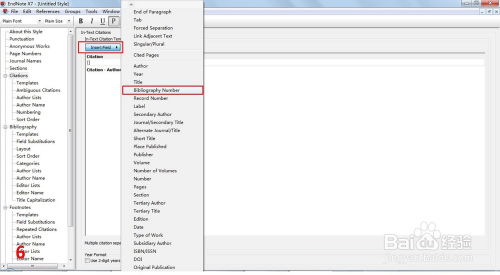
Sensor Integration and Data Acquisition
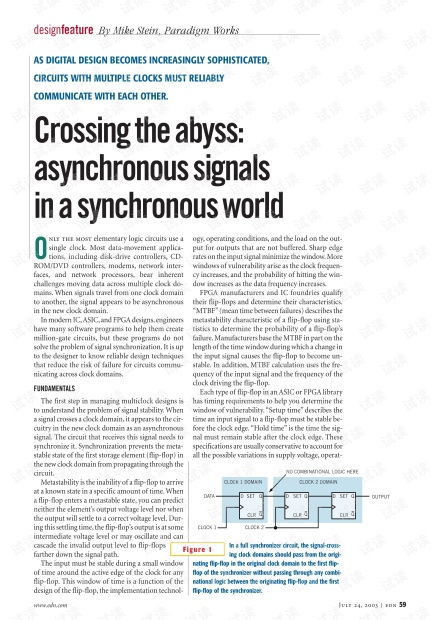
The integration of sensors is essential for the accurate measurement of the paper tensile testing process. The system employs high-precision load cells and strain gauges to measure the tensile force and deformation of the paper sample. These sensors are connected to the microcontroller, which acquires the data in real-time. The data acquisition process is designed to be reliable and efficient, ensuring that the system can handle large volumes of data without any loss of accuracy. The acquired data is then processed and analyzed to determine the tensile strength and other relevant parameters of the paper sample.
User Interface Design
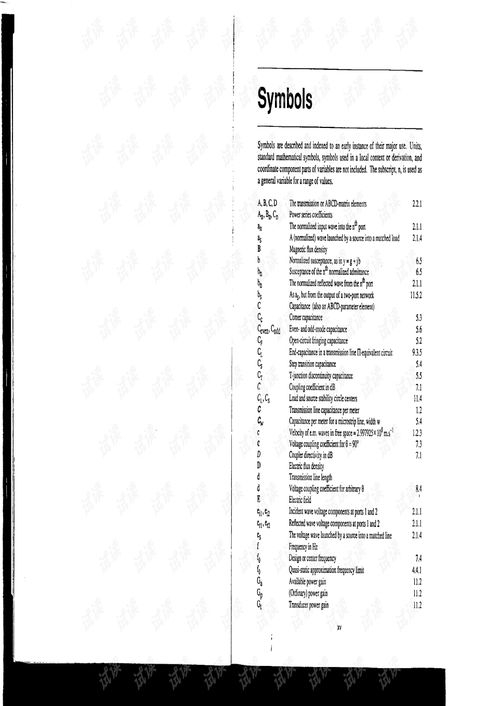
The user interface of the intelligent control system is designed to be intuitive and user-friendly. It provides a graphical display that allows users to visualize the testing process and monitor the results. The interface includes features such as parameter input, testing mode selection, and result display. Users can easily input the desired testing parameters, such as the speed of the testing machine and the maximum load, through the interface. The system also provides real-time feedback during the testing process, allowing users to make adjustments if necessary. The results are displayed in a clear and concise format, making it easy for users to interpret the data.
Conclusion
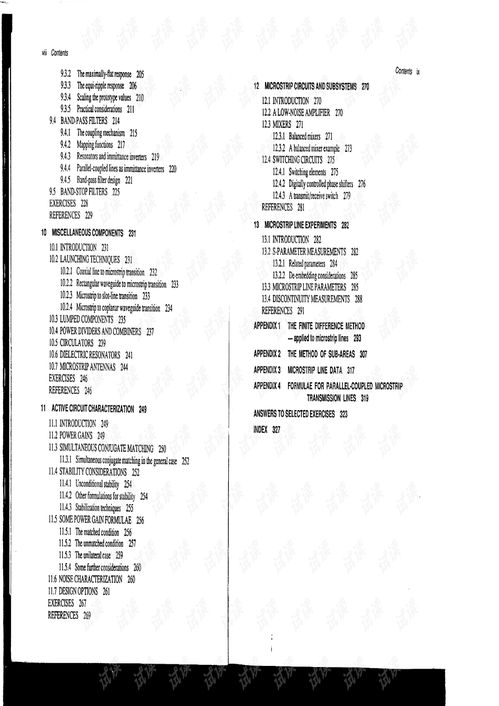
In conclusion, the design of an intelligent control system for a paper tensile testing machine has been presented in this paper. The system integrates advanced control algorithms, sensors, and a user-friendly interface to enhance the accuracy and efficiency of paper testing processes. The proposed system is expected to contribute to the improvement of paper quality control and research in the field of paper engineering. Future work may include the implementation of additional features, such as wireless data transmission and cloud-based data storage, to further enhance the system's capabilities.
Keywords

intelligent control system paper tensile testing machine control algorithm sensor integration data acquisition user interface paper quality control paper engineering

相关推荐
教程资讯
教程资讯排行













